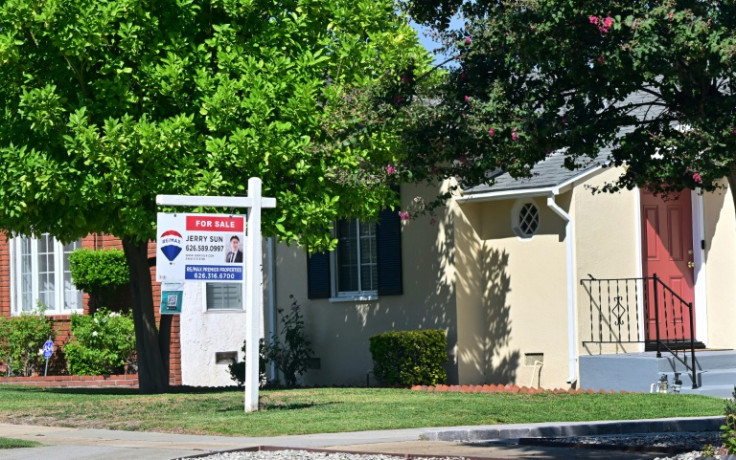
Buying a home is a milestone for most, but the amount of money needed to do so is increasingly higher: Americans currently have to earn $115,000 a year to afford a typical home, according to a Redfin report released on Wednesday.
The figure is considerably higher then the median income in the U.S., $75,000 a year according to the US Census Bureau. That is why the report found that 38% of recent buyers under age 30 received family money for a down payment.
"With mortgage rates at their highest level in 20 years and home prices barely moving, the barrier to homeownership is only increasing." reads an Axios article about the report.
When it comes to the Latino community, the 2022 U.S. Census Bureau Report "Income in the US" notes that the real median incomes for Hispanic households was $62,800 on average. That meansLatinos would then be even further away from affording the typical home. In their case, they would need almost $52,000 additional annually.
However, Latinos might not be buying typical houses, or at least they were not doing it until recently. According to 2021 report from the Urban Institute, the number of Hispanic homeowners has grown rapidly in past years and is expected to soar over the next 20. While language, financial, and cultural differences can make it difficult for Latinos to qualify for a mortgage, they are still one of the fastest-growing demographics of first-time home buyers, the report says.
"The change, driven partly by population growth, hasn't been lightning fast, but it's been profound: In 1990, just 7.3% of households under 65 were Hispanic. By 2040, that number is projected to exceed 20%", adds an article by The Balance.
"In 1990, just 7.3 percent of young households (headed by someone younger than 65) were Hispanic. By 2020, that "had more than doubled to 16.4 percent. We project that this share will continue to increase in the next two decades, and that by 2040, more than 20 percent of young households will be Hispanic—triple the share in 1990".
An article published in by Forbes points out that family support seems to be the key. "Familial support helps explain why the Hispanic homeownership rate has steadily risen over the last six years, with 50.1% of Hispanic or Latino Americans owning their home in 2020, up from 45.4% in 2014. The Hispanic homeownership rate has increased faster than the rate for white or Black Americans over the same time period."
The Forbes article also speaks about the savings capacity coming from living with parents for longer periods without paying rent. "More than half of Hispanic and Latino homeowners have lived with family without paying rent to help make housing payments, versus 38% of white homeowners".
A more recent article from Bloomberg Línea points out that in recent years there has been significant growth in the offer of mortgage credits for the Latino community. Different types of financial proposals - from traditional entities such as banks to non-profit organizations - are making appropriate loans available for Hispanic middle and lower class families for access to housing, recognizing the value that the acquisition of a property entails for these communities.
Despite the figures, a new challenge has emerged recently: lack of new housing. "The real estate market is doing well, neither the high-interest rates nor the high cost of living prevent Latinos from deciding to buy a house, the real problem is that there are no houses and when we find one that my client likes, we find that it already has more than 10 offers and then it becomes an auction," Cecilia Cepeda, a Realtor for Fairfax Realty Premier, told The Latin Times.
Up for Growth, an organization that uses data to help solve the nation's housing shortage and affordability crisis, said in a report that housing underproduction in the U.S. reached 3.9 million housing units in 2021, an increase of 3% from 2019.
The number of counties in the U.S. experiencing housing underproduction increased by 32%, the study 'Housing Underproduction in 2023 in the U.S.' reveals, adding that shortage is also shifting from urban areas to outlying areas, with only a minimal increase in availability in urban areas.
The top 10 states with the most severe housing underproduction, according to the Up for Growth study are California, Idaho, Utah, New Hampshire, Oregon, Washington, Minnesota, Colorado, Arizona, and New Jersey.
© 2025 Latin Times. All rights reserved. Do not reproduce without permission.





